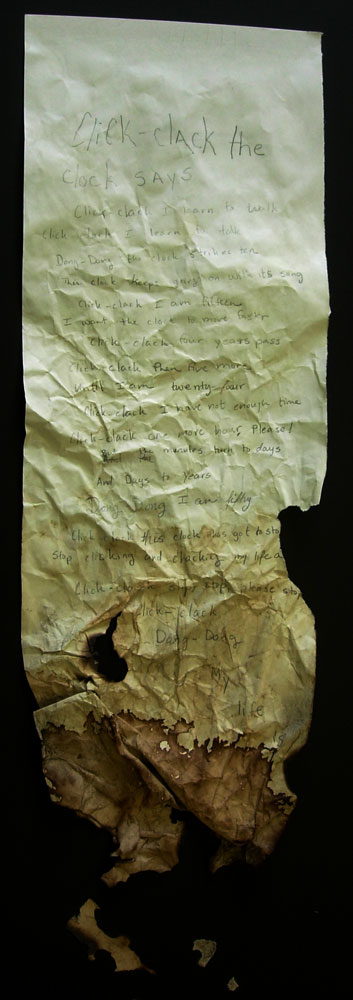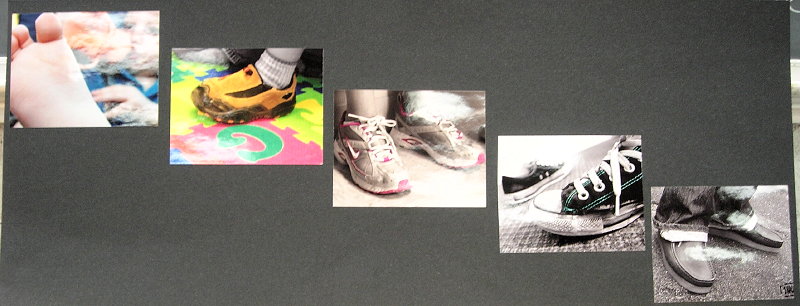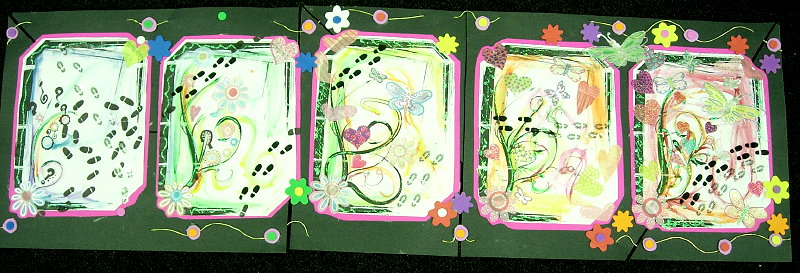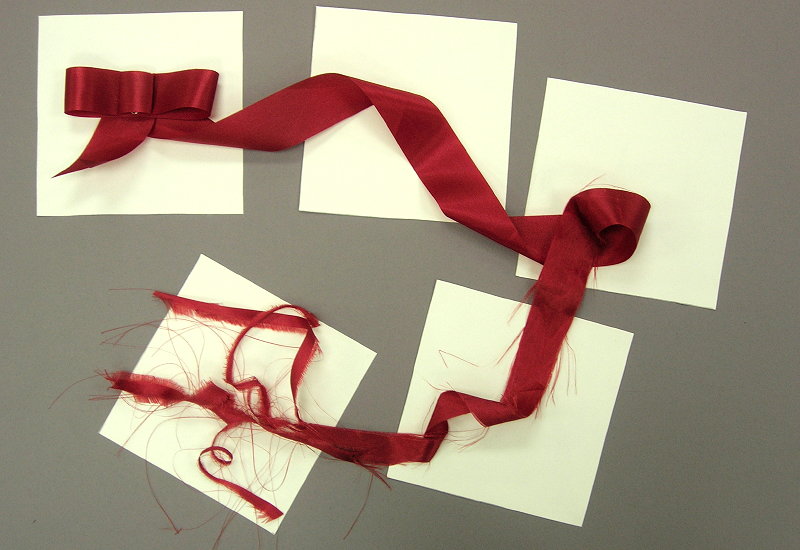Is my theme abstract and conceptual, or concrete and literal?
Aim for an abstract concept that changes from one condition to another.
Consider the theme: A Tower Falling
This is, or can be, a sequence of very literal images. You start wih an image of a tower standing upright. You add some images of a damaged or crumbling tower. In the final image you show rubble.
That's a literal process illustrated.
That's NOT what we need for this project. It is too literal, too objective, too concrete.
Now, if you want personify the tower and express what it feels like as it falls, that might work. That would involve expressing the internal feelings of the tower-as-a-person. That is not a literal problem and so that would fit this assignment.
Consider the theme: Falling in Love
What does that look like? What must be illustrated? What colors or shapes must be there?
There is really no one answer.
Falling in Love is an experience, a concept and an idea -- but it is not a thing or a particular event.
What feelings are present at each stage? Lonliness? Anticipation? Excitement? Hope? Relief?
We can each select and refine our own characterization of what falling in love can be. We can each express a unique perspective.
That makes is a useful theme for this project. Your job is to explore and express what it is like along the way -- from beginning to end. But you do not have to illustrate what it looks like -- you do not necessarily need to show someone falling in love.
Does my design primarily illustrate an event or a story? ...or does it express the changing attitude, connotations and emotional content?
We are aiming to "express" the connotation.
If you include imagery that illustrates details, that can be helpful, but the focus and the priority here is connotations, mood, attitude and emotional content --- not information or denotation.
Thus, avoid narrative illustration.
Now, there's nothing wrong with narrative. However, in this design you've been asked to emphasize the felt experience. Narrative illustrations tend to depict events, not feelings — often tapping into the viewer's prior sentiments, rather than evoking a direct response through form in the design. We, in this project, are aiming for forms that express on their own, rather than images that remind viewers of past experiences.
Do I have a clear set of unifyng visual traits?
Just what are my dominating visual traits in my design?
Is there a dominating hue? ...a dominating value?
Is line active or prominent? Are the lines straight, curved, wavy, spiraling... just what qualities are prominent?
Is pattern prominent? Are textures active and varied?
Is shape the dominating element? What kind of shapes?
Pick a very few elements and traits to "drive" your visual design.
"Limit the vocabulary" -- use a few types of visual traits rather than everything. Consciously narrow down your palette of color, of line, of shape, of texture...
If I can't clearly and obviously see which traits are prominent, then I probably don't have a strong, well-established set of unifying elements.
Do I have a single, prominent, dominant graphic element?
There needs to be something — some kind of line, some shape, some pattern, some texture or some color — that just keeps reappearing in the design.
If needed, go over-the-top and try overusing something.
Develop your "norm" clearly -- your dominant trait(s).
Then elaborate, vary and introduce anomalies.
The order matters -- start with unifying traits. Then introduce variations and contrasts.
Does my solution reflect inspiration from one of MyFavs artist designers?
Which of your influencers -- your favorite artist/designers -- are you borrowing ideas from?
What formal traits are you borrowing? Color? Composition? Pattern?
Are the beginning and the ending conditions distinctive — is it really very obvious that something has changed dramatically? And just what it is that has changed?
In order for your content to effective and dramatic as well as visual, contrast is needed.
Your content concept is really important here.
What is changing? What is significantly different at the beginning than the end?
It needs to be some attitude that changes, some feeling or felt condition. That is, we're aiming for something that cannot be literally, specifically or accurately illustrated.
As you develop your concept, be very clear what is happening at each stage. What is different?
Are the various (5+) stages apparent?
Or do they all run together?
Are there several clear conditions or attitudes expressed?
The series does NOT have to be five individual, separate frames. The series may well be done as a continuoum of gradually changing, or melding conditions. However, you DO need to be sure that there are at least five distinct regions or neighborhoods -- five or more attitudes expressed along the way.











